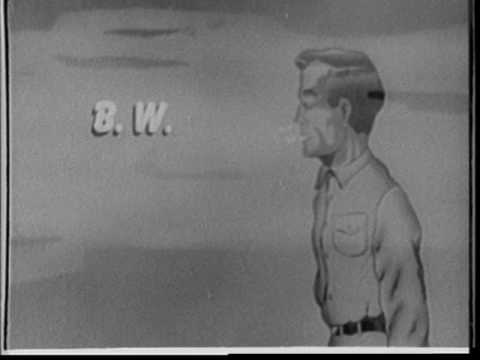Biological weapons may expose workers to bacteria, viruses, or toxins as fine airborne particles. Biological agents are infectious through one or more of the following mechanisms of exposure, depending upon the particular type of agent: (1) inhalation, with infection through respiratory mucosa or lung tissues; (2) ingestion; (3) contact with the mucous membranes of the eyes or nasal tissues; or (4) penetration of the skin through lesions or abrasions. Biological agents, as liquid or solid organic airborne particles, behave the same in the air as inert or inorganic particles because they share the same aerodynamic characteristics. Because biological weapons are particles, they will not permeate the materials used in the construction of respirators or protective clothing in the same way that some chemicals can permeate through them. However, biological particles potentially can penetrate through seams, closures, interfaces, pores, and gaps in protective apparel. Careful attention to properly selected, assembled and fitted personal protective equipment (PPE) is essential to ensuring necessary protection for first responders. For more information on protections against biological agents, go to the NIOSH website . This is clipped from the 1953 Navy training film, Biological Warfare Defense which covers the means of dispersal of biological agents, protective measures, effects on personnel, treatment of personnel and decontamination of affected areas. The entire film is available at the US National Archive in College Park, Maryland.

